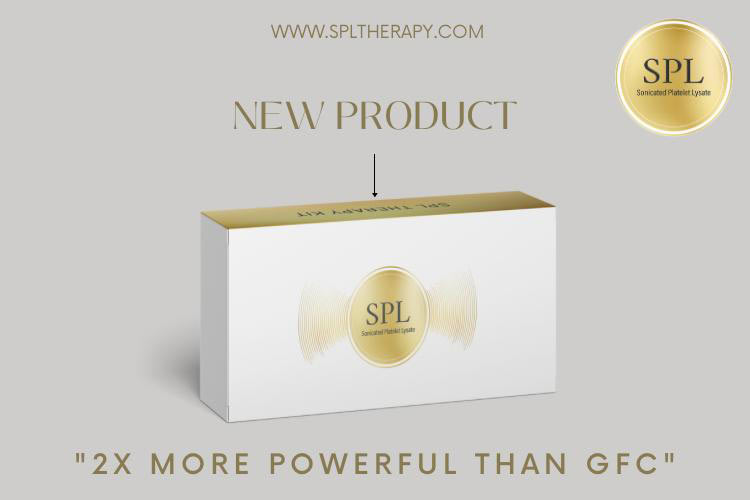Trichogene’s Sonicated Platelet Lysate (SPL) technology represents a significant advancement in the field of regenerative medicine, particularly in hair restoration. Derived from the patient’s own blood, SPL is rich in growth factors and cytokines that stimulate tissue repair and regeneration. In this article, we will explore the diverse applications of Trichogene’s SPL technology, from its role in hair restoration to its potential in other areas of regenerative medicine.
Understanding Sonicated Platelet Lysate (SPL) Technology:
Sonicated Platelet Lysate (SPL) technology involves the use of ultrasonic energy to disrupt platelet membranes, releasing a concentrated mixture of growth factors and cytokines. Trichogene’s SPL technology employs advanced sonication techniques to ensure the extraction of a highly potent and bioactive platelet lysate.
Applications in Hair Restoration:
Hair Loss Treatment:
Trichogene’s SPL technology is primarily used in hair loss treatments to stimulate hair follicle regeneration and promote scalp health. By injecting SPL directly into the scalp or incorporating it into topical formulations, clinicians can enhance hair growth and improve hair density in patients experiencing various forms of hair loss.
Hair Transplantation:
SPL has emerged as a valuable adjunctive therapy in hair transplantation procedures. By pre-treating hair follicles with SPL before transplantation, clinicians can improve graft survival rates and accelerate the healing process, leading to better outcomes for patients undergoing hair restoration surgery.
Scalp Health:
SPL’s regenerative properties extend beyond hair follicles to the scalp tissue itself. By promoting angiogenesis and tissue repair, SPL can improve scalp health, alleviate conditions such as scalp inflammation and itching, and create an optimal environment for hair growth.
Potential Applications Beyond Hair Restoration:
Wound Healing:
SPL’s ability to stimulate tissue regeneration makes it a promising candidate for wound healing applications. By accelerating the healing process and reducing scar formation, SPL can improve outcomes in patients with chronic wounds, burns, and surgical incisions.
Skin Rejuvenation:
SPL’s regenerative properties extend to the skin, making it a potential ingredient in cosmetic formulations aimed at skin rejuvenation and anti-aging. By promoting collagen synthesis and enhancing skin elasticity, SPL can help reduce the appearance of wrinkles and fine lines, resulting in smoother and more youthful-looking skin.
Orthopedic Injuries:
SPL’s ability to stimulate tissue repair and reduce inflammation makes it a promising therapy for orthopedic injuries such as tendonitis, osteoarthritis, and sports injuries. By injecting SPL directly into the affected joint or soft tissue, clinicians can promote tissue regeneration and alleviate pain and inflammation, improving the functional outcomes for patients.
Conclusion:
Trichogene’s Sonicated Platelet Lysate (SPL) technology holds immense promise in the field of regenerative medicine, with applications ranging from hair restoration to wound healing and beyond. As research continues to uncover the full potential of SPL, it is poised to revolutionize the way we approach tissue repair and regeneration, offering safe, effective, and minimally invasive solutions for a wide range of medical conditions.

